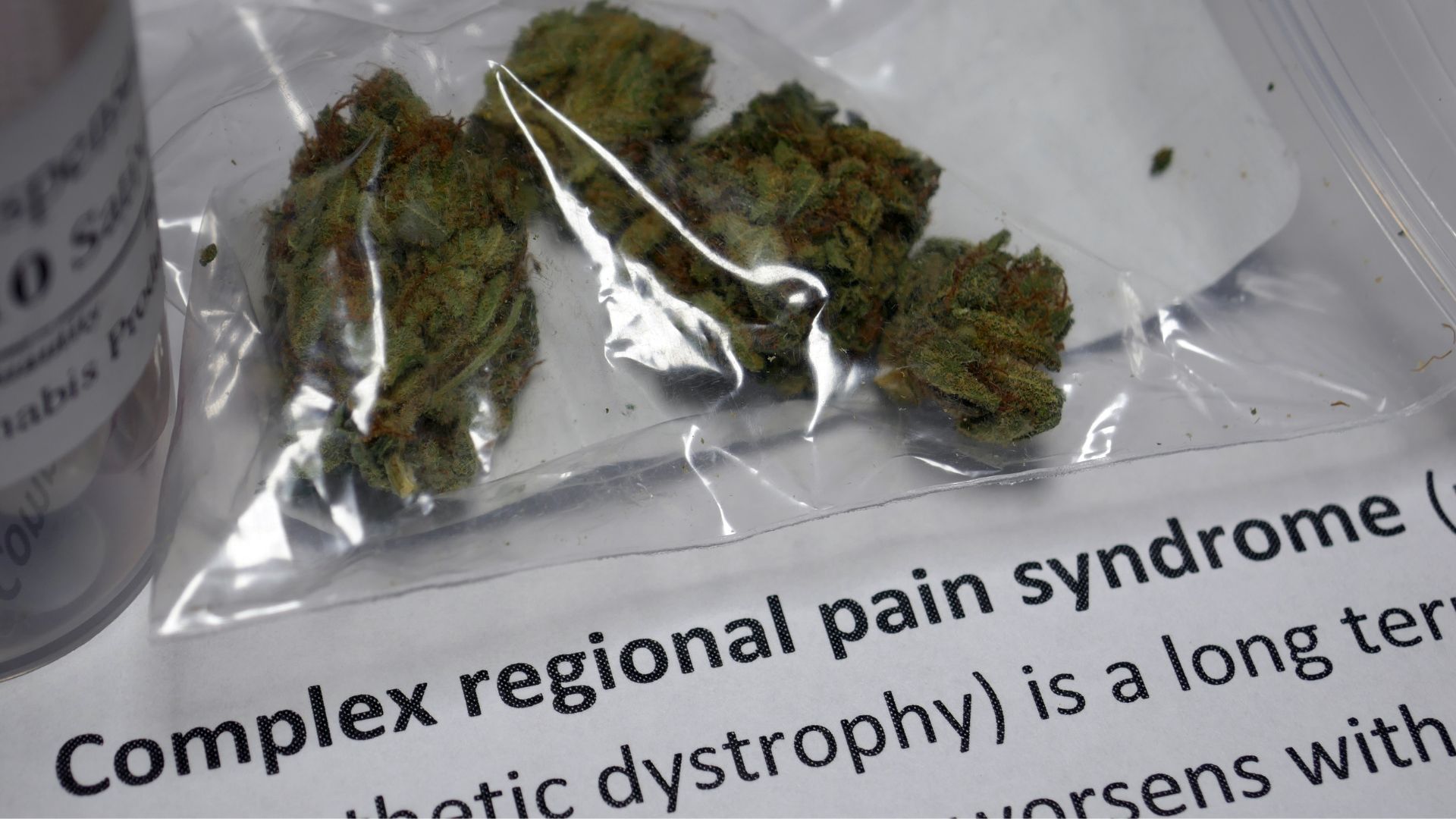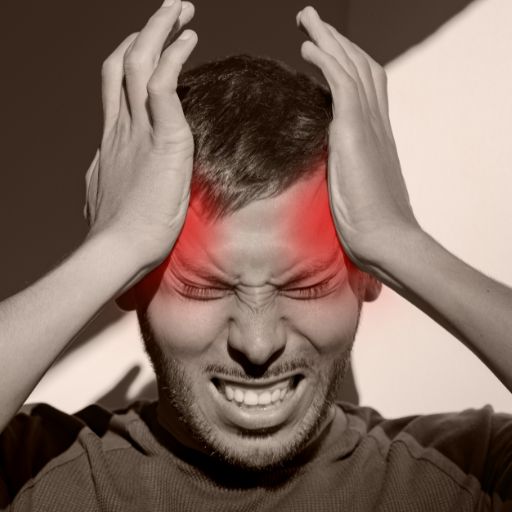
Exploring the Agony: What Is the Most Painful Chronic Pain?
While pain perception is subjective and varies from person to person, some chronic pain conditions are often considered exceptionally agonizing. In this comprehensive blog post, we will delve into some of the most excruciating chronic pain conditions, their causes, and the physical and emotional toll they exact on those who endure them.
Chronic pain is typically defined as continuous or recurrent pain that persists for at least three to six months or more. Unlike acute pain, which serves as a warning signal in response to injury or illness and typically resolves as the body heals, chronic pain can persist long after the initial cause has resolved. This enduring pain can have a profound impact on an individual’s daily life, affecting their physical and emotional well-being.
The Most Painful Chronic Pain Conditions
- Complex Regional Pain Syndrome (CRPS)
CRPS is a rare but highly painful condition that usually occurs after an injury or surgery. It is characterized by severe, burning pain, extreme sensitivity to touch, and noticeable changes in the affected area, such as swelling and skin color changes. CRPS can become so excruciating that even a gentle breeze or slight touch can provoke intense agony. - Trigeminal Neuralgia
Trigeminal neuralgia is often described as one of the most painful conditions a person can experience. It affects the trigeminal nerve, which supplies sensation to the face. Sudden and severe shooting pain, triggered by even minor stimuli such as chewing, talking, or a gentle breeze on the face, characterizes this condition. - Cluster Headaches
Cluster headaches are recurrent, excruciating headaches that often occur in clusters over weeks or months, followed by periods of remission. The pain is typically centered around one eye and is described as “stabbing” or “burning.” Cluster headaches are considered one of the most painful types of headache disorders. - Endometriosis
Endometriosis is a condition in which tissue similar to the lining of the uterus grows outside the uterus. This can cause severe pelvic pain, especially during menstruation. The pain can be so intense that it interferes with daily activities and can lead to emotional distress. - Interstitial Cystitis (Painful Bladder Syndrome)
Interstitial cystitis is a chronic bladder condition characterized by pain and discomfort in the pelvic region, frequent urination, and a persistent feeling of urgency. The pain can be excruciating and significantly impact an individual’s quality of life. - Adhesive Capsulitis (Frozen Shoulder)
Frozen shoulder is a condition in which the shoulder joint becomes painfully stiff and limited in its range of motion. The pain can be severe, especially during the early stages of the condition. - Sickle Cell Disease
Sickle cell disease is a genetic disorder that causes red blood cells to become misshapen and break down, leading to severe pain crises. These crises are excruciating and can last for days. - Osteoarthritis
While often associated with aging, osteoarthritis can be incredibly painful. It occurs when the cartilage that cushions the ends of bones in joints breaks down, leading to pain, stiffness, and reduced mobility. Osteoarthritis can be particularly debilitating when it affects weight-bearing joints like the knees and hips. - Fibromyalgia
Fibromyalgia is a chronic condition characterized by widespread musculoskeletal pain, fatigue, and tender points on the body. The pain experienced by individuals with fibromyalgia can be relentless and overwhelming. - Chronic Back Pain Chronic back pain can result from various underlying causes, including herniated discs, spinal stenosis, or degenerative disc disease. The intensity and persistence of back pain can vary, but for some, it can be excruciating and severely limit daily activities.




The Physical and Emotional Toll Of Chronic Pain
The most painful chronic pain conditions often exact a profound physical and emotional toll on those who experience them. The relentless pain can lead to:
- Physical Disability: Chronic pain can limit mobility and make everyday tasks incredibly challenging. This physical disability can further erode an individual’s quality of life.
- Emotional Distress: Living with constant, severe pain can lead to emotional distress, including depression, anxiety, and feelings of hopelessness.
- Social Isolation: Individuals with chronic pain may withdraw from social activities due to their condition, leading to feelings of isolation and loneliness.
- Sleep Disturbances: Pain can disrupt sleep patterns, leading to chronic sleep disturbances, which can exacerbate both physical and emotional pain.
- Financial Strain: The cost of medical treatment, medications, and reduced work productivity can lead to financial strain for individuals with chronic pain.
Is There a Cure?
Curing chronic pain is a complex and challenging task. In many cases, chronic pain conditions cannot be completely cured but can be managed effectively to improve the individual’s quality of life. Treatment approaches often involve a combination of medications, physical therapy, psychological support, lifestyle modifications, and in some cases, surgical interventions.
Chronic pain, especially when it’s considered one of the most painful conditions, can be an overwhelming and life-altering experience. Understanding the physical and emotional toll it takes on individuals is essential in providing empathetic and effective care. While a complete cure for these conditions may remain elusive, advances in medical science and pain management techniques offer hope for better pain control and improved quality of life for those living with chronic pain. It is crucial to seek professional medical help and support from healthcare providers, pain specialists, and mental health professionals to address both the physical and emotional aspects of chronic pain.